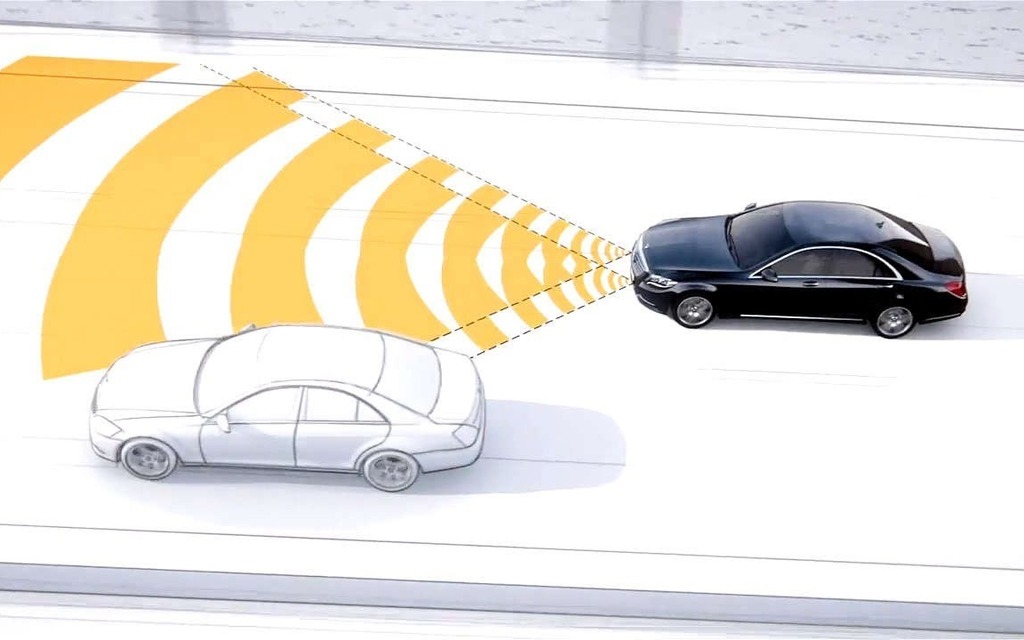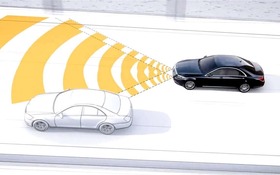Mercedes-Benz Steering Assist: Teslas Aren’t The Only Cars That Can Drive Themselves
EV automaker Tesla made the headlines last week by introducing a Model S equipped with its Autopilot system. The system uses radar, cameras and a bunch of sensors to automatically control the car’s steering.
The automotive press talked about it, of course, but Tesla isn’t actually the first one to put such a system to market. Audi introduced theirs a few months ago in the 2016 Audi Q7, while two years ago, Mercedes-Benz equipped its S-Class with an automated driving assist system. The brand from Stuttgart calls it Steering Assist.
- Also: 2016 Mercedes-Benz GLE Coupe: The New Macho SUV
- Also: The 2016 Audi Q7 Drives Itself And Can Even Reverse Your Trailer
Trusting technology
We had the opportunity to try out Steering Assist during the media preview drive of the all-new 2016 Mercedes-Benz GLE Coupe, which offers the system as an option. As is the case with Tesla's system, Steering Assist works in collaboration with the adaptive cruise control, called DISTRONIC PLUS in Mercedes-speak.
Benz’s automated system can be activated at speeds varying between 30 and 200 km/h, and helps keep the vehicle in the centre of its lane by directly applying steering input. It’s pretty amazing to see the car stay in its lane by itself, and even negotiate a curve while the steering wheel turns on its own. We must have faith in the technology!
Keep your hands on the wheel
Of course, don’t think for a second that you can let the car drive itself while you take a nap or a phone call; sensors make sure your hands are holding the wheel. It is possible to let go of it in order to admire the technology at work, but visual and audible warnings will bring you back to reality after a few seconds, after which Steering Assist will deactivate itself when it feels safe to do so.
And like Tesla’s system that’s still in the beta testing phase, autopilots have their limitations. If the road markings are faded or covered, the system disengages itself and warns the driver with a light on the instrument panel. We also realize that there’s a big difference between an assisted car and a totally autonomous one. For example, during our test, when a passing lane appeared on the road, the system got confused and couldn't decide which lane to take, continuing to drive between the two. There’s a multitude of situations in which we’re wondering how the system would react.
What’s clear is that, despite the progress of the technology, these systems remain (at least for now) just driver-assistance features.
On the same subject:
- Tesla’s Autopilot System Tested
- The 2016 Audi Q7 Drives Itself And Can Even Reverse Your Trailer
- 2016 Mercedes-Benz GLE Coupe: The New Macho SUV












